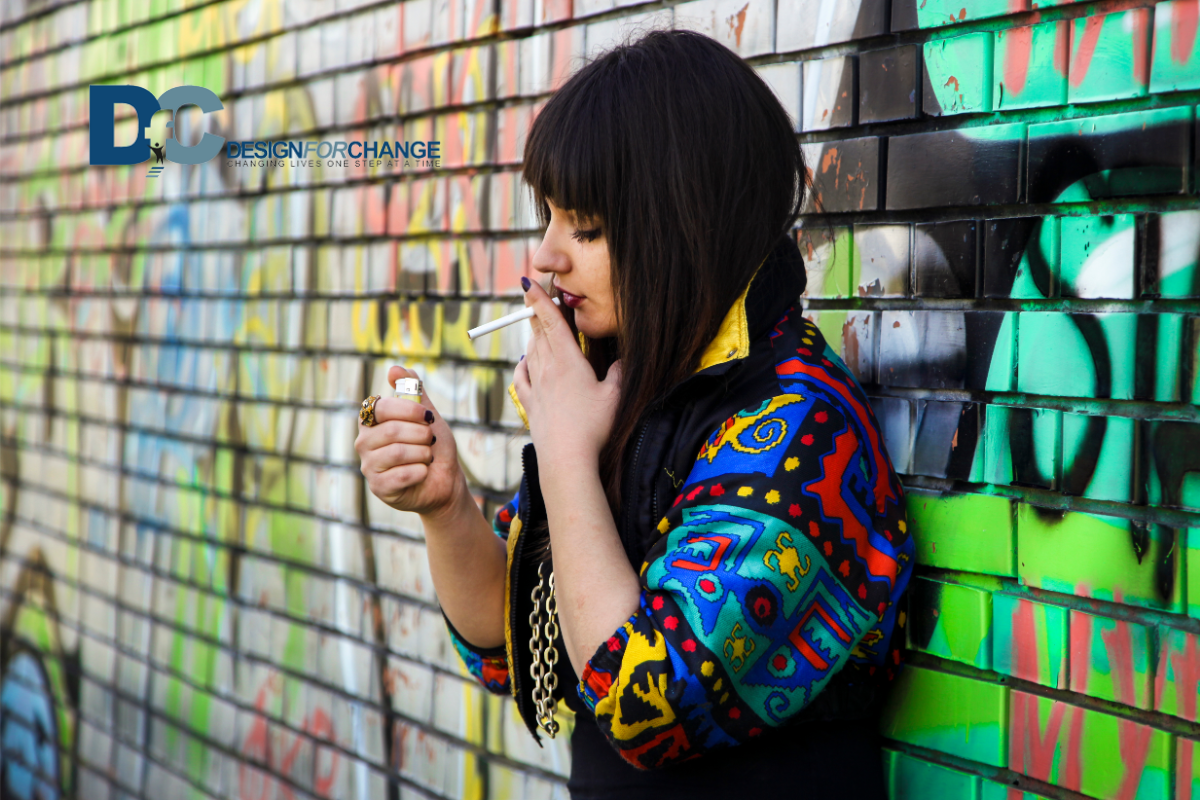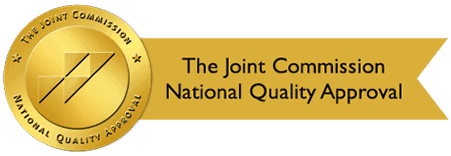By: Design for Change
Categories:
What You Need to Know About Emerging Drug Trends
You are here:Millions of people struggle with substance abuse issues in the U.S. today. It’s not a new trend. People have experimented with illicit drugs for decades. However, in recent years, illicit drug manufacturers and dealers have upped their profits by using deadly substances to lace the products they sell. This dangerous drug trend has caused thousands of fatal overdoses.
If you don’t keep up with the recent drug trends, here are some things you need to know. Especially if you or someone you know uses recreational drugs. Furthermore, if you have a teenage child, you should be aware of the recent drug trends on social media.
What Are Emerging Drugs?
Emerging drugs are mind-altering substances that have recently appeared and rapidly gained popularity. They include designer drugs and psychoactive substances that are more powerful than existing drugs. Some of the substances are fatal with just one dose.
These new drugs are available on the streets and online, and some are sold at convenience stores. The substances are chemically similar to prescription drugs like benzos, opioids, and stimulants.
The NIDA and the National Drug Early Warning System (NDEWS) track emerging drugs and supports research on their effects and the risks involved. The NIDA also researches these drugs through the Designer Drug Research Unit.
Why Are Emerging Drug Trends Dangerous?
Emerging drugs are dangerous because a buyer doesn’t know exactly what is in the substance. Many street drugs are laced with the deadly opioid, fentanyl. More recently, animal tranquilizers are added to illicit drugs to increase potency and reduce production costs. When an unsuspecting buyer ingests these substances, the effects can be more than they expected, and overdose is highly likely.
Some of the most prevalent drug trends in the US include:
- The opioid crisis
- The resurgence of stimulants
- Increased legalization of marijuana
The opioid crisis began with misuse and abuse of prescription opioids like Hydrocodone Oxycodone, and morphine. Today, the crisis is primarily driven by fentanyl, a synthetic opioid. As the leading cause of overdose deaths, fentanyl use and abuse continue to dominate the illicit drug market.
The resurgence of stimulants in recent years is tied to the ongoing opioid epidemic, according to NIH. People often use stimulants to offset the effects of opioids or to minimize opioid withdrawal symptoms. Unfortunately, stimulants are also highly addictive.
The increased legalization of marijuana has fueled controversy regarding its impact on increased use and abuse. Although marijuana is touted as safe, repeated use and easy availability may lead to increased use and result in negative health consequences.
Substances Involved in Recent Drug Trends
Illicit drugs are dangerous, period. Yet, people who use the substances continue to seek a better high, and a quicker, longer-lasting experience. To provide those effects, drug dealers mix different combinations of dangerous drugs like:
Nitazienes – A synthetic opioid more powerful than fentanyl.
Tianeptine – An opioid un- approved for use by the FDA. People use it as a dietary supplement. It can cause low blood pressure, slow heart rate, and breathing problems.
Carfentanil – A synthetic opioid and a veterinary medicine used to anesthetize large animals. It is 100 times stronger than fentanyl.
Fentanyl – A fast-acting opioid painkiller and CNS depressant. Exposure to fentanyl can be fatal.
Medetomidine – A non-opioid animal tranquilizer, not approved for human use. It is 200 times more potent than xylazine.
Rizzy Powder – A powder used to dye flower petals. Dealers often lace heroin with rizzy. It causes skin necrosis in humans when injected.
Emerging drugs may also contain other chemicals and additives like embalming fluid, PCP, Phenacetin, and Levamisole. As you can see, using street drugs today is a gamble with your life that you should resist.
Drug Trends Promoted on Social Media
Social media is a popular way to connect with others and share stories, ideas, pictures, and more. But, it can have a dark side. Since 2004, social media use rose from 1 million active users to over 3.6 billion in 2020 and could reach 4.41 billion in 2025. A high percentage of users are under the age of 18. Studies show that high-frequency viewers on social media are more likely to initiate substance use. This indicates that substance-related content on the platforms can influence youth behaviors.
In 2021, about 20 percent of drug sales were mediated on social media platforms. In the US, about a tenth of young people used social media to connect with drug dealers. Dealers use a combination of emojis like snowflakes, snow, or snowmen to represent cocaine. They also use dragons and hearts to represent heroin. For codeine-containing cough syrup (lean), they use emojis like grapes or baby bottles. The most frequently used emoji is the maple leaf, their universal symbol for drugs.
How to Avoid Emerging Drugs and Their Dangers
If you use drugs occasionally for recreational purposes or are struggling with addiction, you are at risk of falling victim to dangerous emerging drugs. Each time you buy an illicit substance, you increase the likelihood of overdose or death. You can avoid the risk by getting professional treatment.
Design for Change Recovery is a JCAHO-accredited, full continuum of care facility in beautiful Lancaster, CA. Our team of skilled, compassionate professionals are kept up-to-date on the latest emerging drug trends. They know what you need to overcome the powerful grip of addictive substances, and our commitment to your comfort and safety is unequaled.
Contact us today to speak with a treatment advisor about your customized treatment plan. Your path to recovery begins at our door.
Sources:
ndews.org – Emerging Drug Trends
irp.nida.nih.gov – Designer Drug Research Unit
ncbi.nlm.nih.gov. – Stimulant Misuse Among Youth
obamawhitehouse.archives.gov -The Public Health Consequences of Marijuana Legalization
pmc.ncbi.nlm.nih.gov – #TurntTrending: A Systematic Review of Substance Use Portrayals on Social Media Platforms


